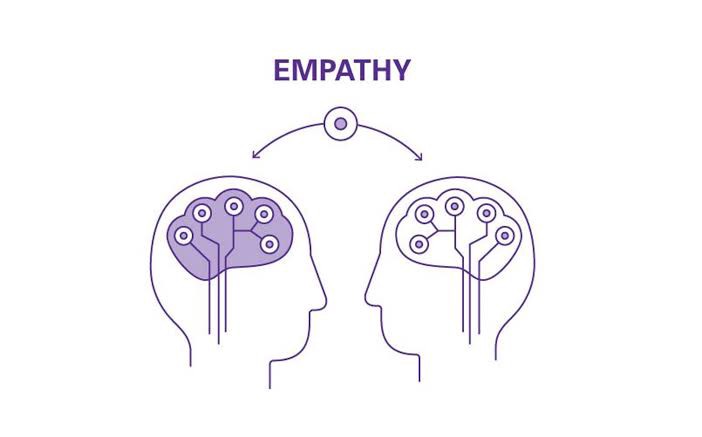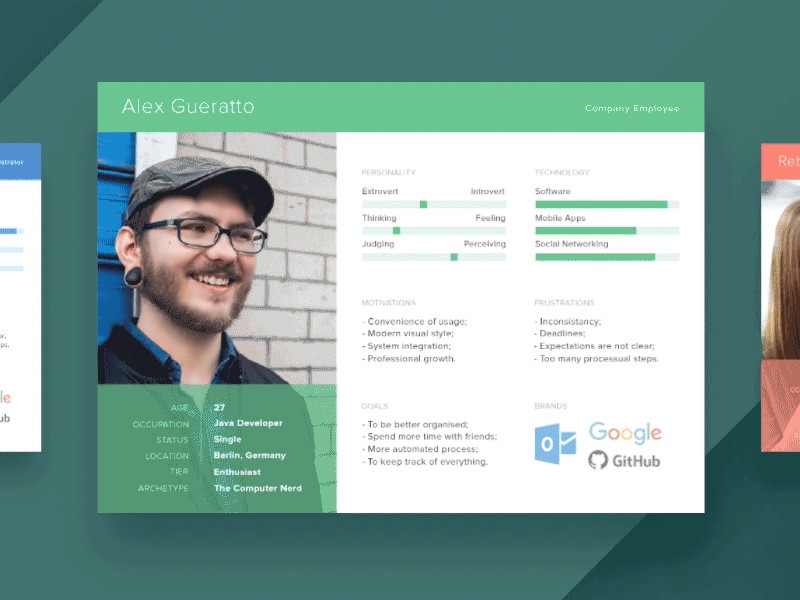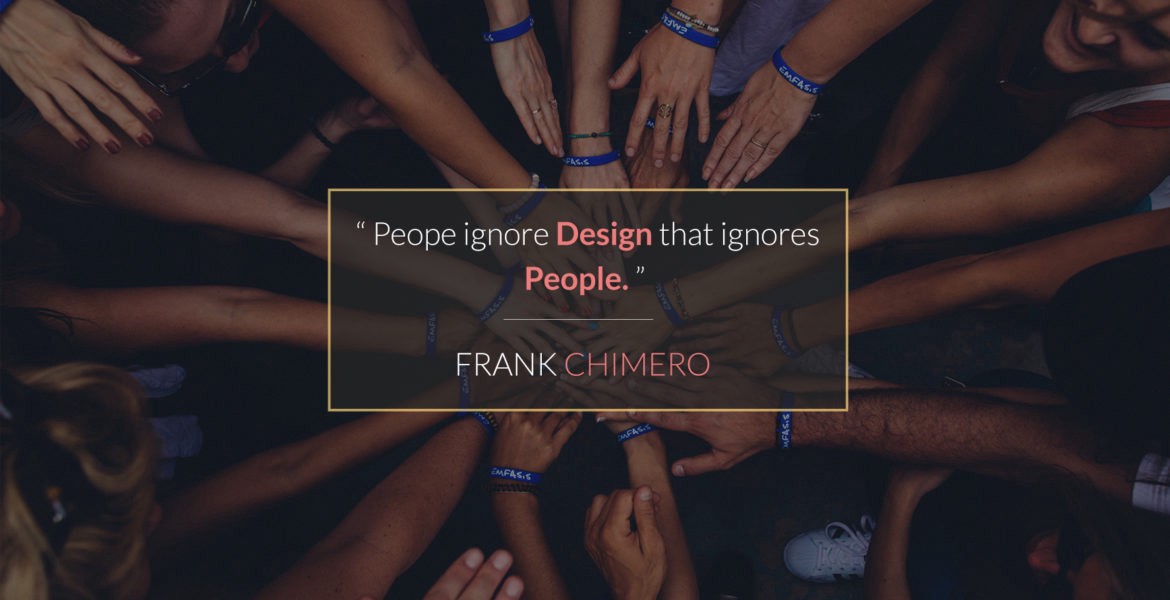Mar 17

“Pay attention to what users do, not what they say.” – Jakob Nielson.
Today, let’s talk about a vital quality that a UX Designer must have, one that is often not included in UX Design job listings – Empathy. One often associates design projects with aspects like functionality, layout, look and feel, user journey, etc. But in order to truly understand the needs and wants of a user, it is necessary to be an empathetic designer.
We live in times when the focus is shifting from IQ to EQ when it comes to designing Digital Products, and rightfully so! Empathy should be up there on top of the list with technical skills a UX Designer must possess.
Simply put, empathy allows a designer to understand their target user better. Before, we dive in deeper, let’s start with defining what Empathy means in the Context of User Experience.
What is Empathy in UX Design?

The Cambridge Dictionary defines empathy as “The ability to share someone else’s feelings or experiences by imagining what it would be like to be in that person’s situation.”
Basically, when a UX Designer talks about putting oneself in the shoes of a user, they are talking about empathy.
Today, when hyper-personalisation and tailor-made user journeys are becoming the norm and playing a critical role in the success or failure of digital products, the importance of empathy in design is becoming glaringly obvious.
How to incorporate Empathy in your Design Process?
Empathy is a skill that can be developed and refined over time. Here are a few practices that’ll help one become a more empathetic designer
1. Become a keen observer:

It can be very rewarding to carefully observe body language, action and non-verbal expressions while conducting User Interviews. More, often than not, participants aim to please and might not be able to honestly state pain points about the product. In some cases, even if they want to, they aren’t always able to put the problem clearly into words. Therefore, while they test out the product, it becomes all the more important to observe how they interact with the product.
In cases, where you are unable to talk directly to target users, observing their online behaviour and interactions with the product is key. But how do you do it? Through web analytics tools like Google Analytics, heat mapping tools like Crazy Egg and A/B testing.

Google Analytics provides insights into how users behave with each page on your website – where did they enter from, how long did they stay on your site, what specific actions did they take, and finally, at what point did they exit? Heat map tools help identify areas in your digital product that generate most user actions (clicks, hover, etc.) and helps you experiment with layouts, and conduct A/B testing to test what works and what doesn’t. Remember – Test. Iterate. Repeat.
2. Create extensive User Personas:

Based on your target demographic and data acquired through user research, sketch out detailed user personas. User personas are fictional character sketches which represent various user types that will use your product or service. It helps one undertsand and map behaviour, needs, motivations and goals of the target user. It is a key step in ‘thinking like a user’. The personas are composed based on the real data collected from user research. It helps you answer the following questions:
- What are the needs of the target user and what need is being solved by the product?
- How does a user behave in various scenarios?
- How does the product or service fit into a user’s daily routine?
- What key functionalities should one focus on, that’ll help users the most?
3. Be open to feedback and ask for it often:

Communication is key. Leave your ego at the door, and ask for feedback with an open mind. When it comes to initial brainstorming and feedback, one tends to ask friends, family and colleagues. Although, useful as a starting point, their opinions could be biased or superficial and influenced by their relationship with you. Therefore, it is imperative that you communicate with direct users of the product for helpful, actionable insights. Ask them what they DON’T like.
During user interviews, one needs to ask specific questions to the user, so that their feedback gives you insights about specific functionalities of the product. Give them a task to perform using the product and keenly hear and observe their actions.
The feedback collected will help you identify areas of the product that need improvement. The ‘feedback-analyse-iterate-test’ loop should become a core part of your design process.
4. Be unbiased about the Digital Product you are designing:

This one is easier said than done, but do not fall so in love with what you have created that you are not able to accept any negative critique about it.
“People ignore design that ignores people.” — Frank Chimero, Designer
Products that do not put the user first have a greater chance of failure.
Being unbiased and open-minded about one’s work is a virtue that designers need to strive towards. During user interviews, do not influence the user to give you feedback that favours you and avoid leading questions. Remember, the product has been designed to fulfill the need of the user, and not to satisfy one’s ego.
In conclusion…
An empathetic design approach is a business need now, as it helps in providing deeper insights into designing products that are not only good to look at and functional, but also enable and support the end users. Remember to align business goals with the needs of the user. Experience the world through their eyes by stepping into their shoes, understanding their pain-points and work towards filling the gaps to make their life better. Empathy has the power to transform a product that is otherwise lifeless, into a lovable, human-centred experience that users keep coming back to – which in the end is great for the business as well.
Designfully Yours,
Surya Ravindran Pillai